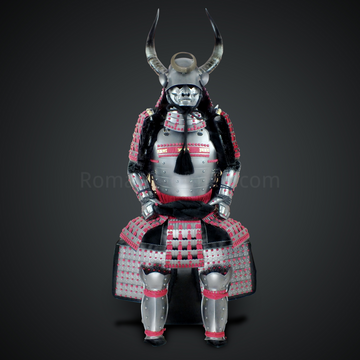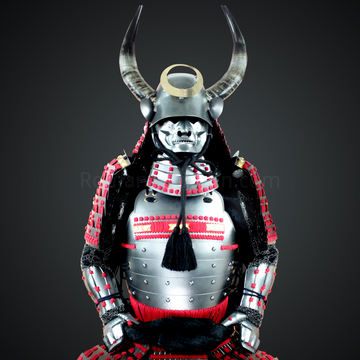Juka Choji Midare in Japanese Katana terminology
重花丁子乱れ (Juka Choji Midare)
What is Juka Choji Midare in Japanese Katana terminology?
Juka Choji Midare refers to a type of blade pattern (Hamon) in Japanese swords. It is a variation of ""大丁子乱れ"" (Oochoji Midare), where the 'heads' of the 'nails' (choji) are large and irregular, resembling blooming double cherry blossoms. This results in a flamboyant blade pattern (Hamon) that looks like a profusion of blossoming flowers.
In ancient swords, this pattern is often seen in the works of the ""一文字派"" (Ichimonji school), a group of swordsmiths who were active in Bizen Province (now eastern Okayama Prefecture). In the era of new swords, similar patterns can also be seen in the high-quality works of the ""石堂派"" (Ishido school), a group of swordsmiths who were active in Kishu Province (now all of Wakayama Prefecture and southern Mie Prefecture).
The ""太刀 銘 吉房"" (Tachi, Inscription: Yoshifusa) is a tachi made by ""一文字吉房"" (Ichimonji Yoshifusa), a representative swordsmith of the ""福岡一文字派"" (Fukuoka Ichimonji school), a group of swordsmiths who were active during the Kamakura period. This sword was passed down in the Matsudaira family and later came into the possession of ""中島喜代一"" (Nakajima Kiyoichi), a businessman. Nakajima Kiyoichi donated many swords designated as National Treasures, Important Cultural Properties, and Important Art Objects to the ""東京国立博物館"" (Tokyo National Museum) in Taito Ward, Tokyo, but he did not let go of this sword.
The blade pattern (Hamon) of Ichimonji Yoshifusa is characterized by a pure Nioi-based Juka Choji Midare, and its flamboyance is praised as the best in the world.







